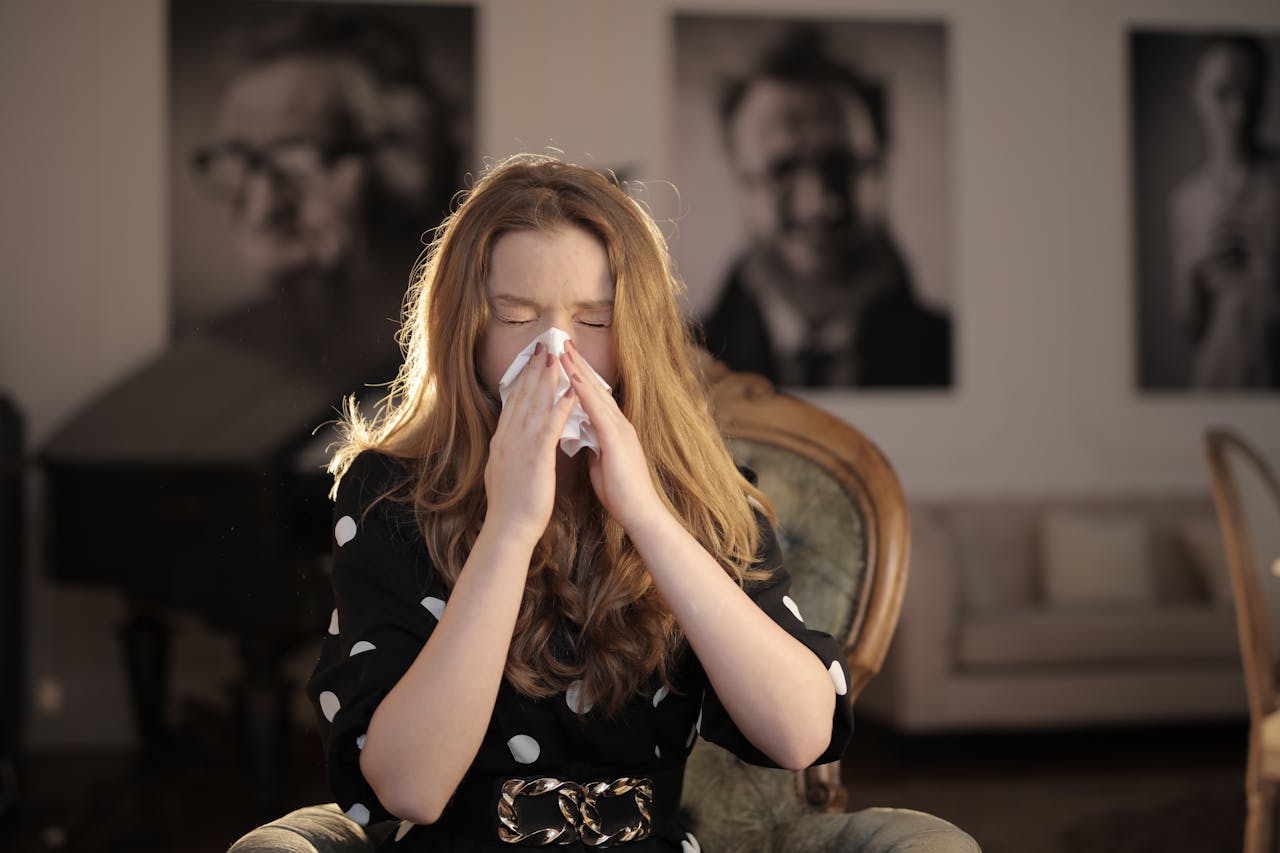Sixty years ago, daily life ran on a mix of confidence, guesswork, and sales pitches that sounded more scientific than they were. Families trusted doctors on TV, playground legends, and glossy magazines as if they all carried equal weight. Health gadgets promised miracles, music supposedly corrupted teenagers, and even ordinary food came with strange warnings. Looking back at those beliefs feels like opening a family photo album, familiar and affectionate, but filled with moments that now seem oddly reckless and strangely charming.
Vibrating Belts Could Melt Fat Away

In the 1960s, vibrating belt machines looked like futuristic fitness answers. People stood passively while the strap shook their hips and stomachs, convinced fat would literally jiggle away. Ads showed glamorous users smiling through an effortless workout, promising slim waists without sweat or diet changes. The only real impact was on wallets, as families spent serious money on a machine that moved a lot of skin but did nothing meaningful for health, strength, or long term weight loss.
Seatbelts Were Seen As Optional

Car pride ran high six decades ago, and many drivers treated seatbelts as an insult to their skills. Some even cut them out of new vehicles because they felt bulky or embarrassing. Children rode loose in back seats, on laps, or even standing between front seats while highways grew faster and busier. When crashes happened, bodies met glass and steel instead of restraints. The belief that careful driving alone was enough turned everyday trips into quiet, unrecognized gambles.
Milk Was Treated Like Instant Growth Juice

Parents and teachers in the 1960s repeated one message endlessly: drink milk and grow tall. Commercials promised strong bones and height jumps, turning a simple beverage into something close to a childhood contract. Kids chugged glass after glass, measuring themselves on doorframes and hunting for overnight changes. Milk does support healthy development, but it cannot rewrite genetics or speed up time. For many children, the myth quietly turned every unchanged measurement into disappointment.
Sneezing With Open Eyes Felt Dangerous

Playground lore insisted that sneezing with eyes open could make them pop out. The idea was vivid enough that children squeezed their eyes shut on instinct, treating a basic reflex like something slightly hazardous. Adults rarely bothered to correct the story, and some were unsure themselves. In reality, muscles and connective tissues hold eyes firmly in place, regardless of a sneeze. The myth shows how easily a dramatic mental image can overpower simple anatomy and calm reasoning.
Rock Music Was Blamed For Brainwashing Teens

As bands filled radios and living rooms, some parents were convinced that rock rhythms did more than entertain. Sermons and meetings warned that a heavy beat could bypass judgment and plant rebellion directly into young minds. Records were burned, concerts protested, and guilt settled over kids who simply loved loud guitars. The panic reflects deep worry about changing youth culture, not mysterious power. The songs did shape identities, but not through hypnosis or control.
Touching Toads Was Said To Cause Warts

Many children in the 1960s learned to avoid toads like tiny biological hazards. The rough, bumpy skin seemed like proof that these animals literally carried warts and could pass them on with a single touch. Parents repeated the warning as a handy way to keep muddy animals outside. Later science lessons revealed that human skin viruses, not toads, cause warts. By then, plenty of curious kids had missed the chance to handle a gentle, fascinating creature without fear.
Swallowed Hair Was Imagined As Deadly

Schoolyard horror stories turned a stray hair in food into something close to a medical emergency. Children whispered that if a hair were swallowed, it could wrap around the intestines and slowly tighten like hidden string. Plates were inspected, bites rejected, and minor mishaps felt suddenly serious. In reality, hair usually passes through the digestive system unnoticed. The belief survived because it sounded believable enough and gave adults an easy way to push careful table manners.
Smoking Was Marketed As Practically Healthy

Six decades ago, cigarettes fit comfortably into daily life. White coats appeared in ads, calmly recommending specific brands for relaxation or digestion. Ashtrays sat in hospital rooms, offices, and family cars, while pregnant women smoked without serious warnings from most doctors. Many people believed smoking simply took the edge off a busy day with no real cost. As medical research piled up, that illusion collapsed, leaving a trail of illness built on polished images and confident slogans.
Left Handed Children Were Treated As Problems

In many classrooms of the 1960s, being left handed meant trouble. Teachers forced children to switch hands, tying or tapping the left one to encourage clumsy, frustrated writing with the right. Families sometimes worried that left handedness signaled stubbornness, bad luck, or something vaguely wrong. The pressure often created anxiety, messy work, and a lasting sense of not fitting in. Later, schools finally accepted that handedness is simply one of the brain’s many natural variations.
Tomatoes Still Carried A Poison Reputation

By the 1960s, most households used tomatoes in salads, sauces, and sandwiches, but a lingering mistrust survived in some families. Older relatives sometimes repeated old warnings about poison apples and upset stomachs, shaped by stories from eras when acidic tomatoes on pewter plates really did make people sick. The fruit took the blame instead of the dishes. Even as supermarkets stacked bright red displays, a faint suspicion clung to them, proving that food myths can outlive their causes.


